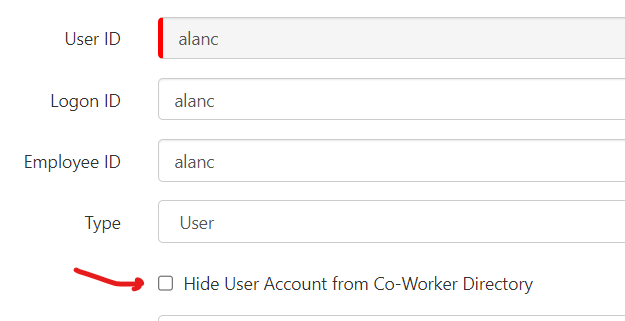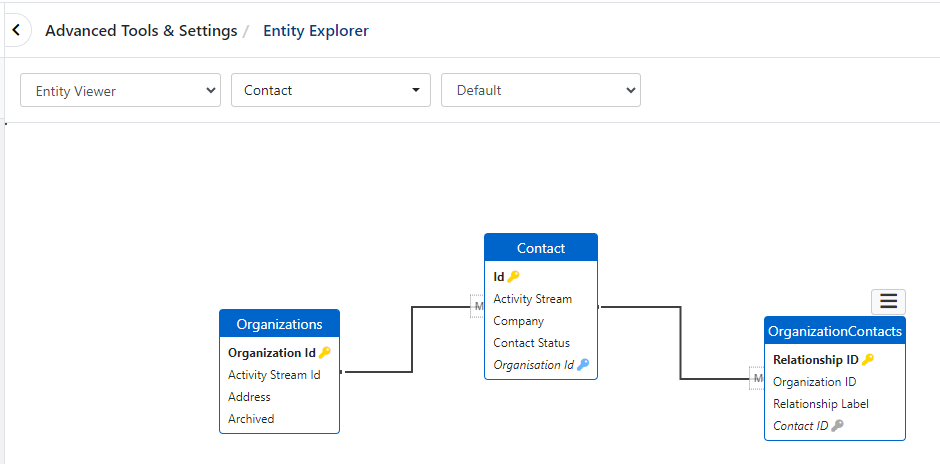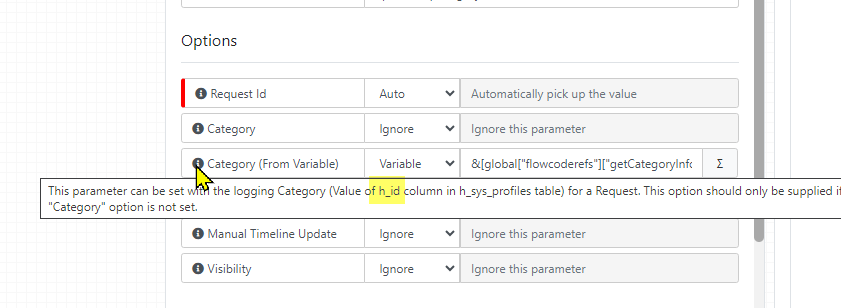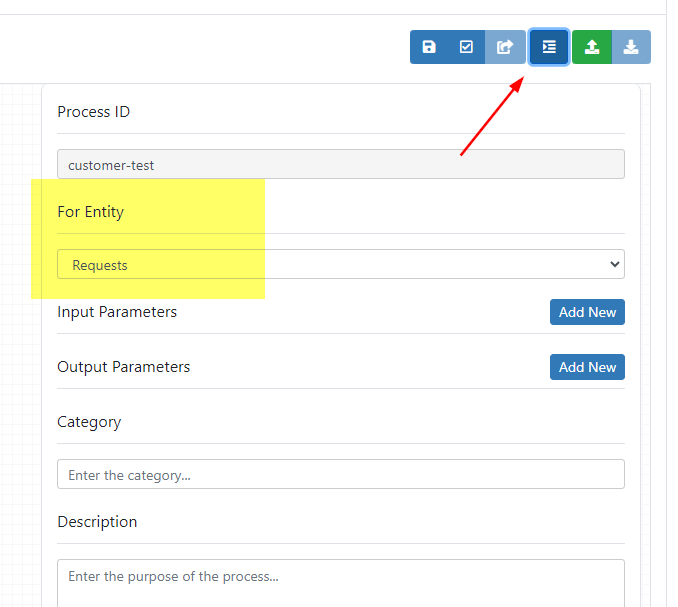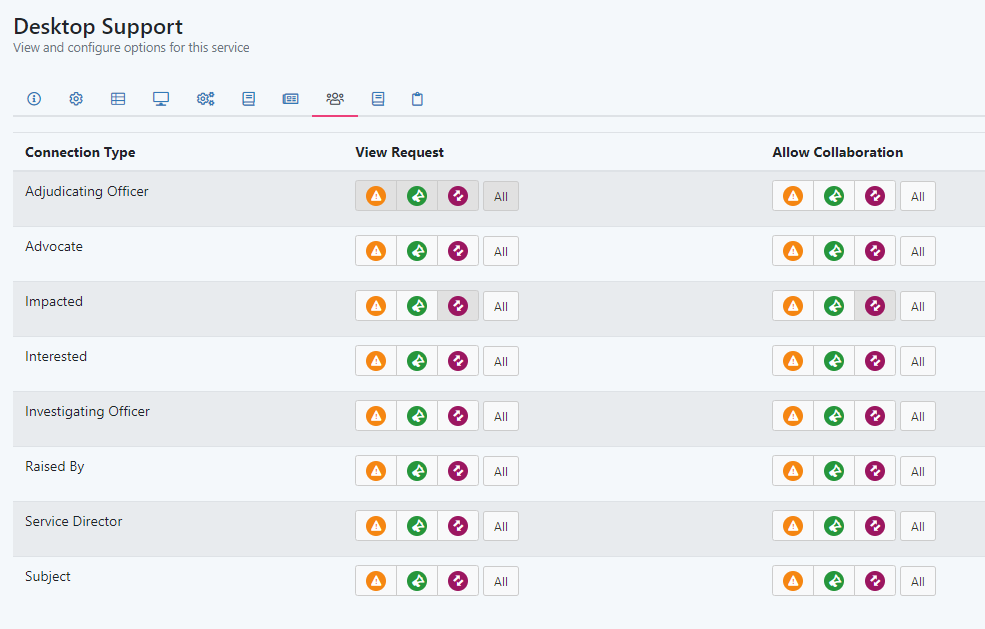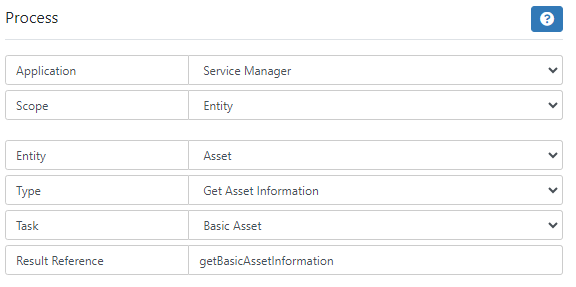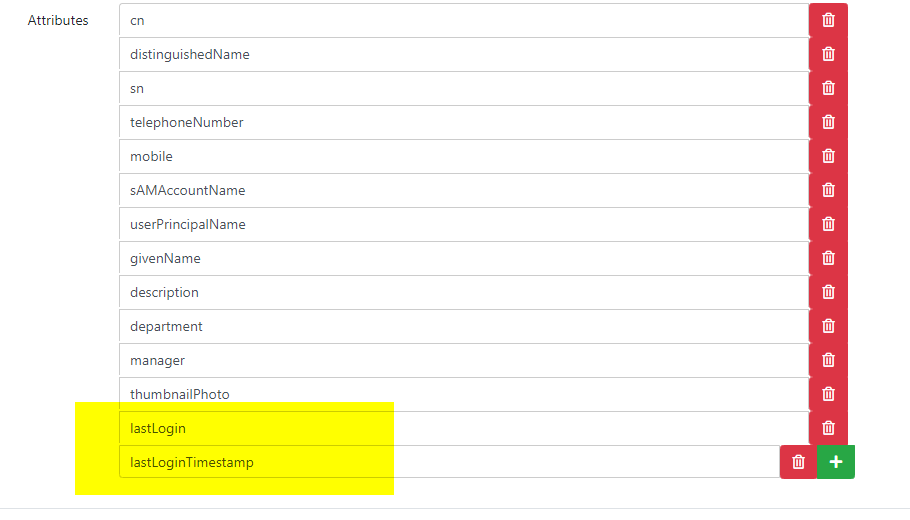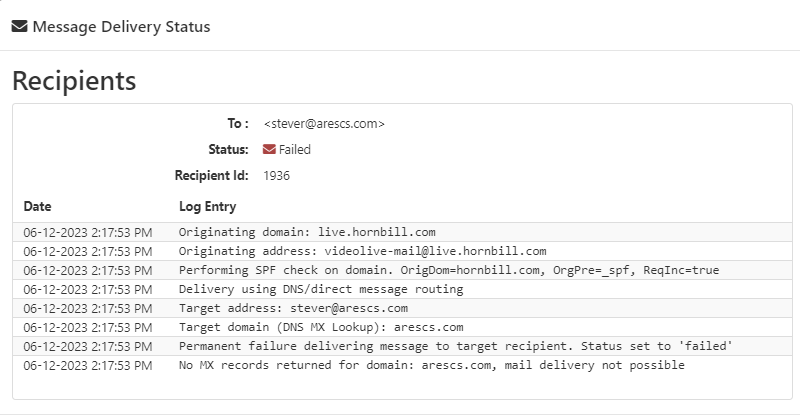-
Posts
4,911 -
Joined
-
Last visited
-
Days Won
273
Content Type
Profiles
Forums
Enhancement Requests
Everything posted by James Ainsworth
-
Hi Will, After an investigation, the development team explained to me what was happening. The Request and Closure categories are two separate category profile trees. An ID from a closure category will not match the ID from a request category. I'm interested in understanding the use case for automatically setting the request category and the closure category to be the same. Typically, these are used for two distinct sets of criteria. The request category is typically used to describe the area or function that is impacted and the closure category is used to describe how it was closed. Request Category = email, server, hardware, software, documentation, etc. Closure Category = update, replacement, training, patch, setting, configuration, etc. Using the categories in this way helps provide more statistics.
-
Does the incoming email have more than one recipient listed in the To field? If that is the case, you are better off using a "like". An example would be toAddress LIKE '%email@domain.com%'
-
Hi Dave, From my earlier post, we did implement the mentioned options to create technical services vs business services. There is also an area where you can define the relationships between services including dependencies. While the SLAs are labelled as SLAs, the service levels can still apply when supporting another service within your own organization. So I can understand what you are looking for could you have a look at my earlier question.
-
Hi Fizza, Thanks for your post. Can I ask when you say adding a co-worker to a ticket, are you adding them as a Connection or a Member?
-
Hi Alisha If you are referring to the list of user in Configuration, there isn't a built in way of describing the two different types of users that you mention. One option might be to append the Handle with some text that identifies them as user that will be returning. Another option would be to suspend the users that are on leave, rather than archiving them. Along with suspending them, you can select the option on the user profile to hide the user from the co-worker directory if you wish to make that user less visible to others and set their availability to Not at Work.
-

Entity name for 'Co-worker' ?
James Ainsworth replied to RichardD's topic in Integration Connectors, API & Webhooks
Hi Richard, Requests is the main entity for open calls. You can try this method for getting a list of entities for an application. https://docs.hornbill.com/esp-api/services/data/entitySearch/index. You may find that the API documentation in the new docs.hornbill.com easier to search for available APIs. This wiki page shows the required roles/rights that are needed to access the Entity Explorer. https://wiki.hornbill.com/index.php?title=Entity_Explorer -

Entity name for 'Co-worker' ?
James Ainsworth replied to RichardD's topic in Integration Connectors, API & Webhooks
Hi Richard, Thanks for your post. Contact are used for people who are external to your company. These are typically used when providing support to external organizations. Contacts are used in the Customer Manager app and are also used to provide access to the Customer Portal. Co-workers is a name used in some places within UI that represents users. Users who are internal to your company have a Hornbill user account under which they can log in as either a basic or full user. I hope that's the info that you are looking for. -

Send email to users responding to Closed Tickets
James Ainsworth replied to Osman's topic in Service Manager
@Paul Chambers I've added your interest to the change proposal. -
Hi @Will J Douglas I've done a few more tests and I'm not having any issues. In your configuration are you specifying a team and user? Unassigned requests may not show up in your regular queue. You'll also need to make sure that you support the service that it was raised under.
-
Hi Mosh, Thanks for your post. I've done a quick test and so far I've not been able to replicate your issue. I've not seen any other reports of this from our customers, but I'll keep an eye open. We might need a bit more information to investigate further. Is this happening on all requests? Does this happen for all users? What type of request does this happen on? How is the request put on hold? Manually using the on-hold option. Using a sub-status? Automatically as part of a workflow? I also see that you have Premier Success. If this issue persists, you may want to raise a request with Hornbill Support.
-

Send email to users responding to Closed Tickets
James Ainsworth replied to Osman's topic in Service Manager
There is a change proposal for this requirement in our backlog. I've added you both as being interested in this feature. This change has not been accepted yet and is not currently scheduled for development. However, if there is any change with the status of this requirement, I'll post back to this topic. -
@will.good I'm not having any luck either at the moment. It might need a developer to have a look. I'll let you know if I come up with anything.
-
Give me a few minutes and I'll make sure it is working in my environment.
-
I think it might be this. It looks like you are using the Full Code when it should be the ID stored in pk_id. &[global["flowcoderefs"]["getCategoryInformation"]["closureCategoryId"]]
-
-

Link to a request someone has been connected to
James Ainsworth replied to Adrian Simpkins's topic in Employee Portal
Hi Adrian, Thanks for your post. Basic users can be added as a connection and you should be able to provide them a link to view that request. Your link looks correct. The first thing to check is the Connection Type. Under the Service Portfolio, open the service under which this request is located. Select the Connections tab. You'll want to make sure that the request type under the View Request column is selected for the connection type that you are assigning to that user. Let us know if this helps.- 2 replies
-
- 1
-

-
- url
- connection
-
(and 1 more)
Tagged with:
-
Jim, You are correct. There are asset updates available for assets associated with a request, but these are not yet available to be run from an individual asset. The first step was to have the Get Asset Information so that this could feed into integrations. I'm sure that there will be more to come.
-
@CraigP @Jim The focus of this feature is not for requests, but rather for assets. From the Automation details, you will see that the Entity is for Assets and not Requests. The main goal for this is to extend the ability to create Custom Buttons on an asset that runs an Auto Task. When this automation is used with an asset entity, the Asset ID in the automation can be populated automatically, like the Request ID on a request automation. There are some existing automations for updating assets, but I'm sure we will see additional automations specific to the asset entity added over time. As far as requests go, in the Asset section of the request, we are looking into having custom buttons for each asset available. This would allow someone to run an Auto Task against an asset from this view. At the moment, the user will need to click on the asset name to view the asset record and run the Auto Task from there. You can imagine being able to do things like include an integration node in the Auto Task that goes off and does a hardware/software scan of that asset. I hope that helps.
-
Hi Jim, Thanks for your post. I've had a look and I can't see and I'm not aware of any options to make the organization field mandatory. I believe the idea behind contact is that users can create private contacts that wouldn't be associated with an organization and having organization mandatory could cause problems with this. Not sure if there are any plans to add this, but I'll ask. If you want strict control over adding contacts, you could introduce a Request Catalog Item that automates this. Basically, a capture where the organization field is mandatory along with the other contact details and process the new contact automatically using workflow. This will also capture who is creating or requesting the addition of a new contact.
- 1 reply
-
- 1
-

-
Hi Mark, I'm assuming that you will first need to add these as attributes under the LDAP Server tab.
- 1 reply
-
- 1
-

-
Hi @Berto2002 I've looked at this again, and I have found that the <Empty Value> or in the second case, the blank entry can be double-clicked to change value. Or, if unwanted, it can be selected and then deleted. Hopefully this should allow you to continue with defining your report. The remaining aspect is just to find out if there is a reason for the <Empty Valuce> being added when you first add the criteria to the filter. I'm assuming that the default <Empty Value> may have been added to prevent issues with incomplete filters.
-
Hi Alisha, How about adding a Notes field to the request details section using the form designer?
-
Hi @Archana Could it simply be that the authorizer is not seeing or receiving the authorization notification email so they never perform the authorization? In the Hornbill Platform Configuration, you can view the direct outbound email messages which include the authorization notifications. On each message, there is a delivery status that is available. The status delivery info can be quite detailed and help show why an email authorization notification is not being delivered.


